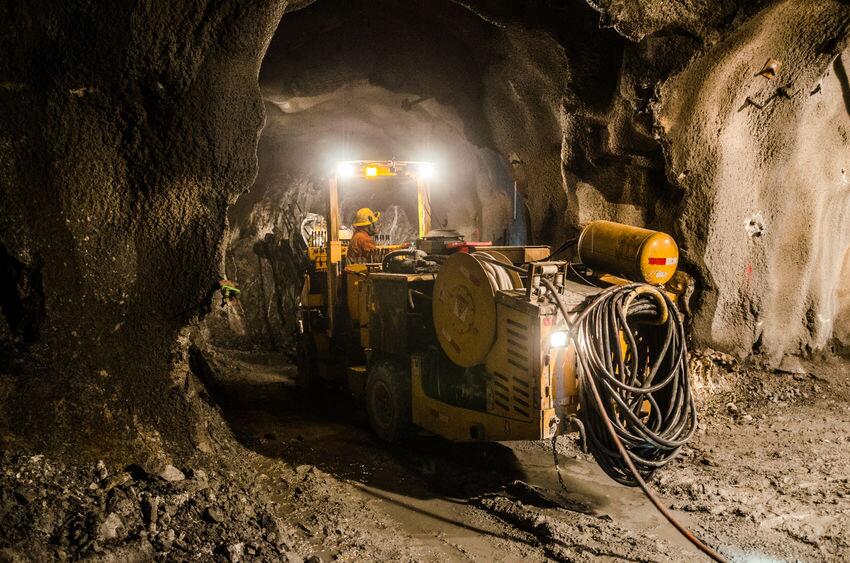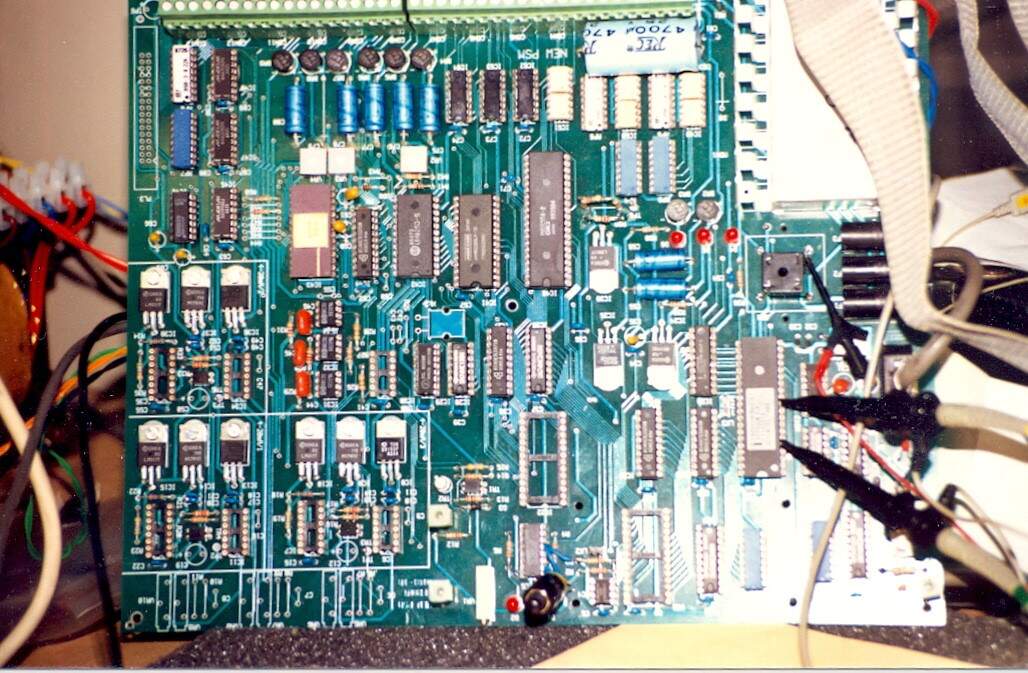Blog: Engineering in a Gold Mine
Article By : Aubrey Kagan

Have you ever had to design for extreme conditions or — better yet — have you ever experienced those conditions yourself?
Anyone who has tried to use their cellphone on the subway will tell you that wireless communication in that environment can be difficult. The problem is worse down a mine. There are (or at least were) two possible approaches, Leaky Feeder and Very Low Frequency (VLF) transmission. Leaky Feeder is essentially poorly made coax strung all through the tunnels acting as a kind of antenna. VLF works with a carrier frequency of about 600 kHz, which can penetrate the rock. The antenna for the “walkie-talkie” version of this radio looked like a bandolier and was worn diagonally across the torso.
Excavating a tunnel and producing ore in a mine involves drilling several holes in the face of the shaft, inserting explosives, and then detonating them. I was working on a project that involved putting instrumentation on one of the underground face drills in a gold mine. Data like pressures, temperatures, and penetration rates were to be measured and communicated via RF telemetry to the surface. We had selected the VLF approach and the radio was going to be modified to be mounted on the drilling equipment.
My design was 8051-based, and the only real concern was the environmental conditions. Not only did it have to work at 65°C, from 1,300 m (4,200 ft) above sea level to 1,100 m (3,500 ft) below sea level and very high humidity, but the case was going to be washed down with high pressure hoses. Furthermore, along with fine dust and blast fumes in the atmosphere and pressure waves from the explosions, there was a real concern about vandalism. There was no shortage of crowbars and assorted heavy objects down there. Throw in 525-V and 6.6-KV cabling, and thyristor switching on the locomotives, and you have one tough environment. (If you do the math, the depth of the mine from the entrance at 1,300 m above sea level to the bottom at 1,100 m below sea level was a total of 2,400 m, or 7,700 ft.)

I remember going underground the first and only time to test communications. This was at a major gold mine, which boasted the longest single-drop shaft in the world (approximately 1 mi.). Although we were only about 1/2 mi. down, it was hot as you know where (about 45°C or 110°F), not because we were close to the fringe of hell, but I was told because of the low levels of radioactivity. I think I prefer the thought of hell!
As an aside, there is a town in South Africa called Hotazel (pronounced “Hot-as-ell”), which — shall we say — is not renowned as a destination for skiing holidays.
Anyway, we were watching the drill simultaneously boring 10 or 12 holes for the explosives when, all of a sudden, there was a loud crack and the drill operators looked sharply up at the roof of the tunnel. The story is told by the surface crew who were listening to one of us down below describing the situation over the radio: “We are now about 10 meters from the face… pant, pant, pant… we are now 100 meters from the face… pant, pant, pant…”
I smile about it now, but I can’t tell you quite how uncomfortable it was, especially after they detonated the charges with the fine dust floating into your eyes, your ears, and your nose, with nowhere to go to get away from it or the heat.
Have you ever had to design for extreme conditions or, better yet, have you ever experienced those conditions yourself?
Subscribe to Newsletter
Test Qr code text s ss


